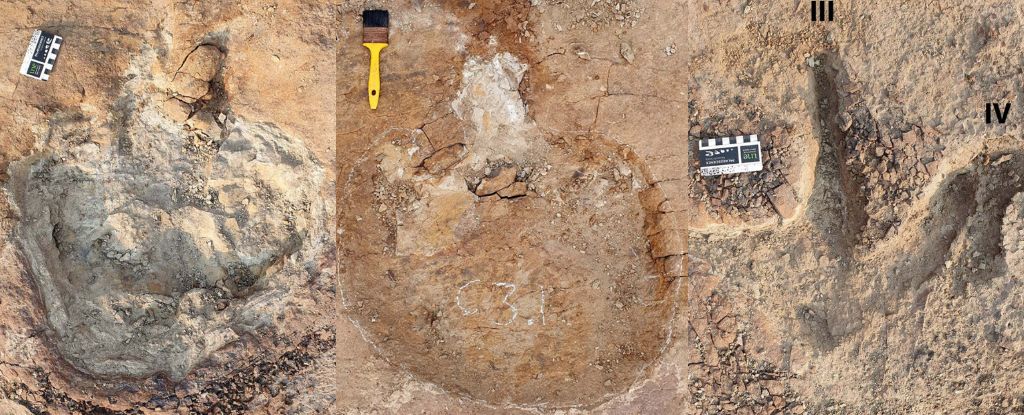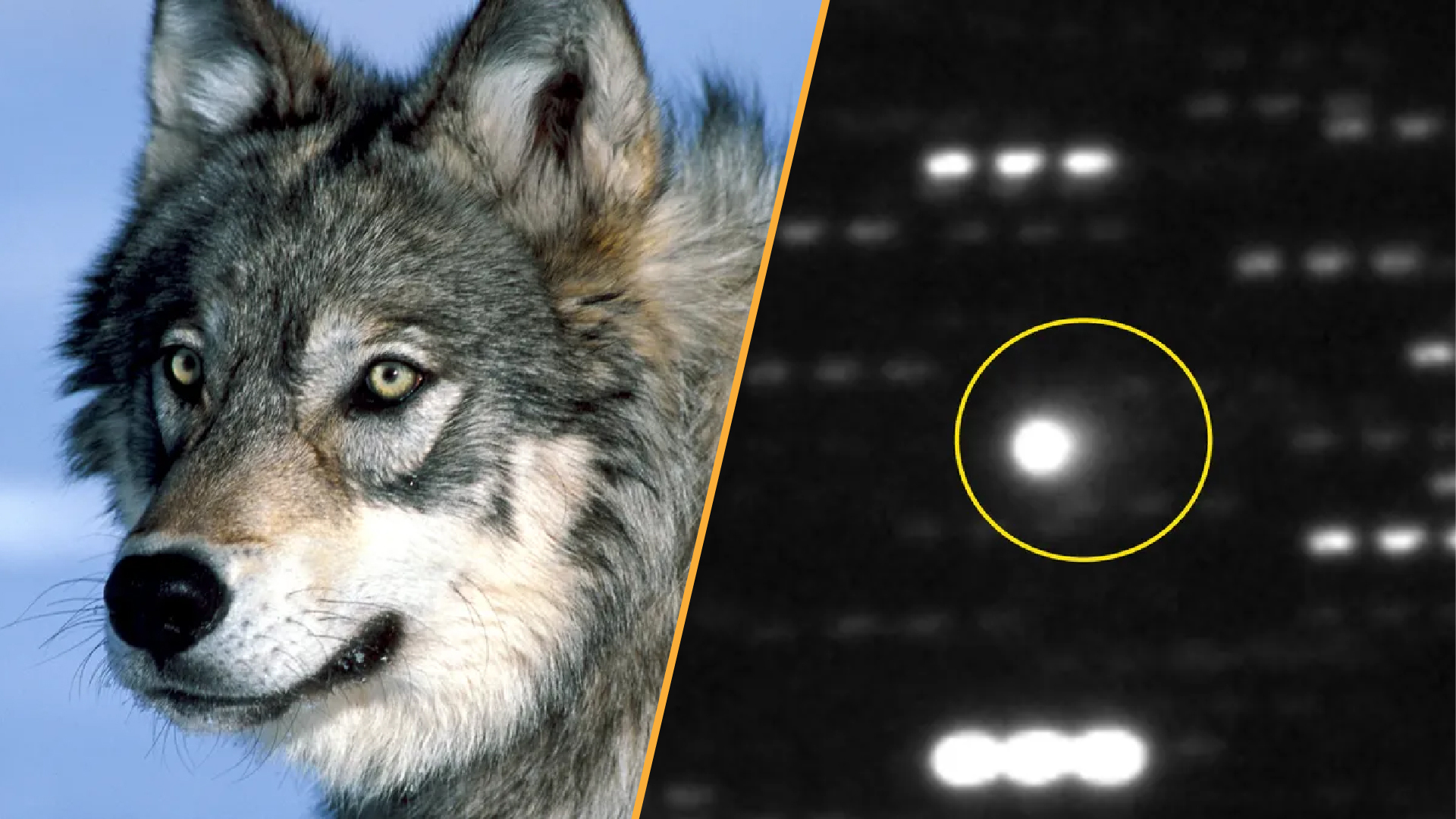T4K3.news
Ancient ecosystem discovered in Illinois
Research reveals complex Carboniferous ecosystems at the Mazon Creek fossil site.

Research on fossils from the Mazon Creek site uncovers a complex ancient ecosystem.
Ancient ecosystem revealed in northern Illinois fossil research
Researchers from the University of Missouri, in collaboration with geologist Gordon Baird, have made new discoveries about the ancient ecosystem in northern Illinois, particularly at the Mazon Creek fossil site. Dating back over 300 million years to the Carboniferous Period, this area was once home to diverse ancient life thriving in tropical swamps, river deltas, and shallow seas. Their recent study, published in Paleobiology, emphasizes the importance of advanced data analysis and imaging techniques in understanding the paleoenvironments of this remarkable fossil site. They identified three distinct environments, illustrating a rich interplay of marine and freshwater life, shaped by historical geological changes.
Key Takeaways
"We found three readily identifiable paleoenvironments."
This quote highlights the significant new discoveries made in the research, emphasizing the complex characteristics of ancient environments.
"It offers a real snapshot of the incredible diversity present in the late Carboniferous Period."
This sentiment captures the essence of the research's findings, showcasing the richness of ancient life.
The findings from Mazon Creek represent a significant advancement in our understanding of ancient life during the Carboniferous Period. By employing modern technology, researchers have refined Baird's earlier work, offering a nuanced view of how these ecosystems functioned. The identification of three paleoenvironments showcases the complexity and interconnectivity of life existing at that time. As climate histories can affect modern ecological approaches, these insights could inform present-day policies concerning biodiversity and conservation efforts.
Highlights
- Discoveries from Mazon Creek unveil layers of ancient life.
- Advanced imaging reveals complexity of ancient ecosystems.
- Research connects past biodiversity to current ecological concerns.
- New findings show how ancient environments shaped life's evolution.
Research funding linked to environmental insights
The analysis of ancient ecosystems may impact contemporary biodiversity policies, attracting both political and public interest.
Understanding ancient ecosystems enhances our knowledge of current environmental challenges.
Enjoyed this? Let your friends know!
Related News

Ancient fossils discovered in Indonesian Sea

Pulaosaurus Qinglong discovered in China

Study Reveals Possible Size of Early Dinosaurs

Denver Museum Discovers Rare Dinosaur Fossil

Geologist Tastes Oldest Water Found on Earth

New Dinosaur Tracks Indicate Herding Behavior

Study reveals coelacanth's misunderstood anatomy

Wolves Revive Yellowstone Forests
